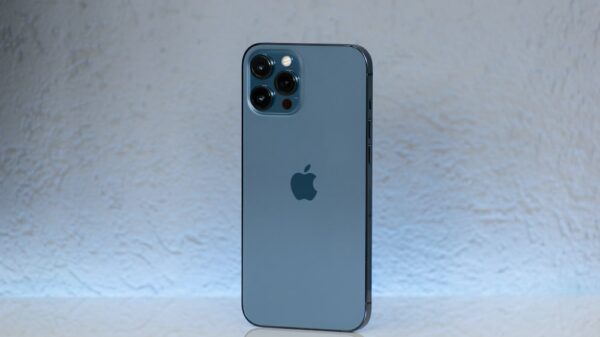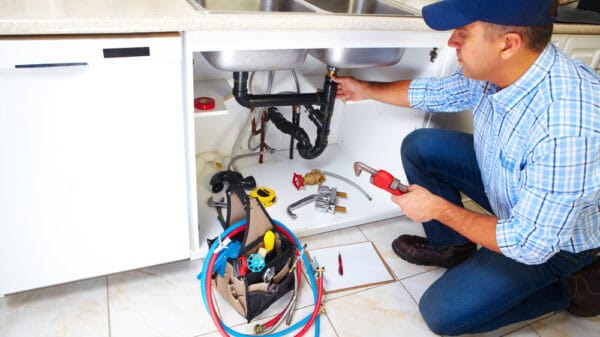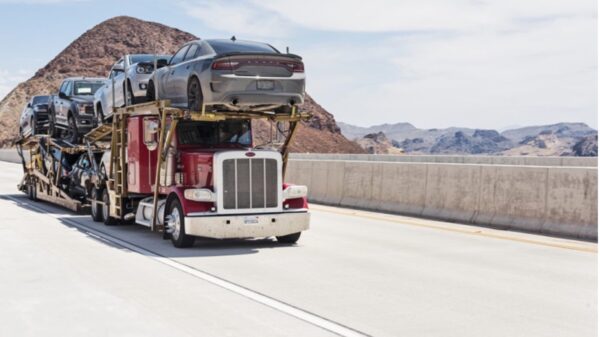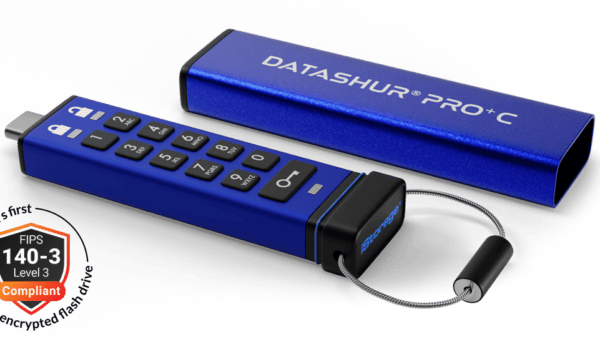Back in 1969, when the Apollo 11 astronauts took their historic voyage, they depended on the Apollo Guidance Computer to get them safely to the moon and back. The AGC had a processor speed of 1MHz and 4kB of memory. The LG G3 smart phone has 2.5 GHz processing speed and 32 GB of internal memory. Let that sink in for a moment.
So what does that have to do with CAD, workstations, and PCs? Only to drive home the point that hardware speeds and memory advances have come a long way, demonstrating positively exponential growth, and will probably continue to do so, enabling smaller, more portable systems to accomplish the same work typically handled by big, dedicated systems.

The gap between workstations and desktops may be shrinking, but workstations are here to stay.
The End Of Workstations?
A workstation is defined as a special computer, more powerful than the average personal computer, designed for running particular scientific or technical applications. They’re systems built to handle particularly complex software and utilities, doing the heavy lifting that a typical PC can’t handle.
But in the wake of continuing technological advancements, it’s getting to the point where a particularly powerful, high-end PC or laptop is becoming indistinguishable from low-end workstations. If this continues, will the workstation become extinct? According to Cadalyst’s “Same Hardware, Different User Experience”, that’s not going to happen.
Processing And Memory Advancements
The reason the question about workstations possibly becoming obsolete in the first place is because of the strides made in terms of speed and storage. There is no doubt that the typical high-end laptop has increased processing speed and greater memory storage. That’s not even taking into account things like cloud storage!
This is the age of miniaturization, and we’re getting better performance out of smaller computers. We’re even seeing mobile CAD workstations, which further blur the line between the former and a laptop.
So if this is true, and technology is getting so that your average laptop is a veritable raging powerhouse capable of handling the demands of complex CAD software, what do we need an expensive, over-glorified PC (aka “workstation”) for?
Workstations: More Than Just A PC On Steroids
Fortunately for the workstation industry, the machines are most certainly a clear and separate product from the basic consumer PC, the latter’s increased capabilities notwithstanding. There are three areas where the workstation continues to show its superiority, therefore justifying its existence.
CPU/GPU: In terms of power, consider a workstation’s CPU’s ten core versus the PC’s four; or 30MB built-in cache over 8MB. How about the 4TB of RAM instead of 32GB? And in terms of graphics, desktops are normally equipped with integrated graphics (the board is part of the CPU), whereas workstations have a separate, or discrete, graphics board. When you’re running CAD programs, the difference is huge.
Expansion: Workstations have it all over desktops in this regard. It’s not even close. Desktops have just one CPU, whereas a workstation can take as many as eight. Workstations can take solid state drives of up to 10TB, whereas your basic PC hovers just a bit beyond 2TB. This doesn’t even take into consideration things like power supplies and monitors, which again the workstation positively schools the typical PC.
Better Quality Parts: The term “heavy lifting” was used earlier in reference to workstations, and that sort of activity requires quality hardware. Workstations have heavy demands placed on them and so are equipped with top of the line components, whereas your basic PC or laptop is built more with affordability and economy in mind.
Workstations Endure
Despite the ramping up of the average personal computer, workstations still have it all over their smaller siblings. The technology may sometimes appear indistinguishable at first glance, but the differences are nevertheless profound. Workstations may cost a lot more, but if you’re running CAD software, they’re worth every penny.
Photo Credit: HP APJ
Born in the Boston area in 1959, I started writing in 1985. I live in Nashua NH with my wife and three cats. We have four kids in our blended family. I am an utter geek who's into gaming, horror, SF/fantasy, the Red Sox, trains, running, history, and a bunch of other things.




















































































































































































